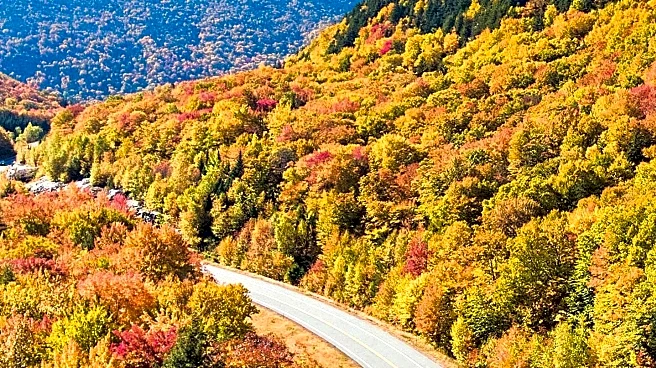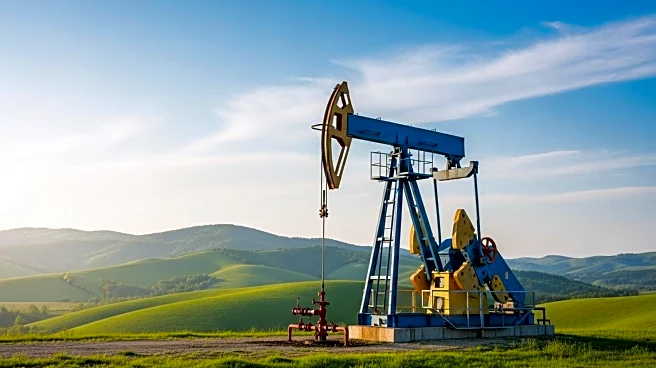Alaska, often referred to as America's Last Frontier, is a state full of fascinating facts and unique characteristics. From its vast size to its diverse wildlife, Alaska offers a wealth of information for those interested in exploring its many wonders.
Core Facts
Alaska is the largest state in the United States by area, covering over 663,000 square miles. It is more than twice the size of Texas, the next largest state. Despite its size, Alaska is the third least populous state, with a population of approximately 740,133 as of 2024. The state capital is Juneau, while Anchorage is the largest city, home to more than half of the state's population.
Notable Details
One of the most notable details about Alaska is its geographical extremes. It is the northernmost, westernmost, and easternmost state in the U.S., with the Aleutian Islands crossing the 180th meridian into the Eastern Hemisphere. Alaska also boasts the highest peak in North America, Denali, which stands at 20,310 feet. The state is known for its diverse wildlife, including bears, moose, and bald eagles, as well as its rich indigenous cultures.
Comparisons and Contrasts
Compared to other U.S. states, Alaska's population density is remarkably low, with vast areas of uninhabited wilderness. The state's economy is heavily reliant on natural resources, particularly oil and gas, which contrasts with the more diversified economies of other states. Additionally, Alaska's climate and geography present unique challenges and opportunities, from harsh winters to abundant natural beauty.
Key Data Points
Key data points about Alaska include its vast land area, which accounts for nearly 20% of the total land in the United States. The state's economy is driven by industries such as oil, fishing, and tourism, with the Trans-Alaska Pipeline being a significant infrastructure project. Alaska's indigenous population represents a significant portion of the state's cultural heritage, with efforts to preserve native languages and traditions ongoing.
 Discover Daily • 9 min read
Discover Daily • 9 min read 












